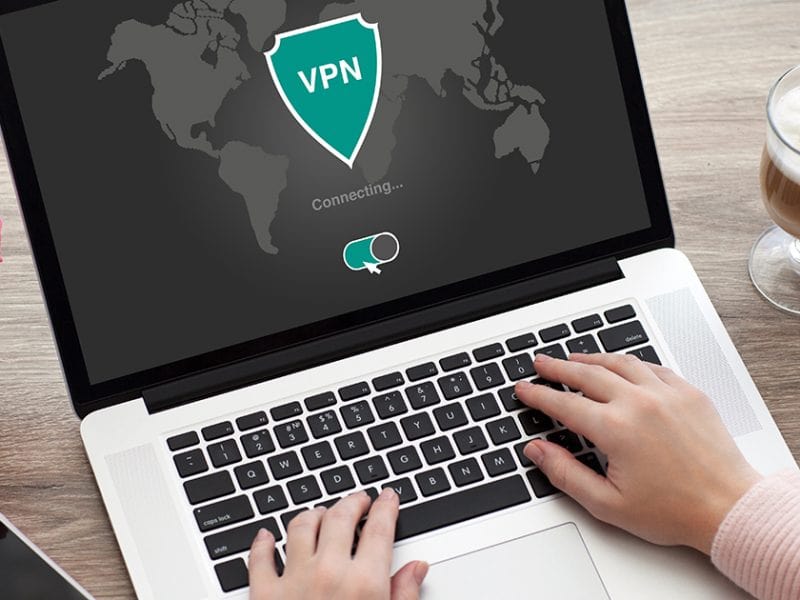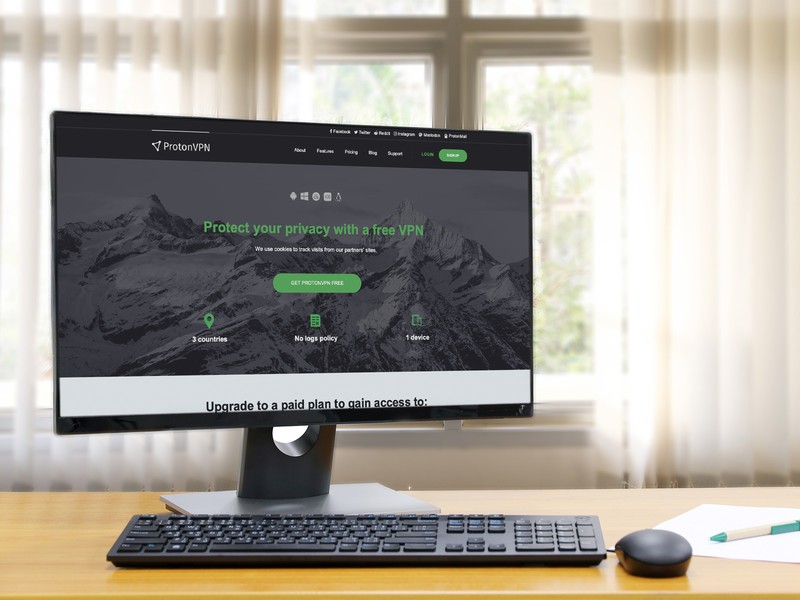
Digital Exclusive Networks or VPNs have actually become commonplace for countless users across the world in both their individual lives as well as their workplaces. Fundamentally they permit computers on separate neighborhood networks (LANs) in various areas to link to each other throughout the general public links of the net without any person else being able to see or obstruct the information that is taking a trip in between them.
They are optimal and also essential for linking staff members who are working with the action, from home or from satellite workplace areas in addition to personal people that need to connect with their home networks when they’re out and also about. Customers can link to neighborhood networks via VPNs from any type of type of device, whether it be a desktop, a laptop, a tablet and even a mobile phone, and also from any kind of geographical area as long as they have an internet connection. Some people even use VPNs to attach to networks in other locations in order to after that attach to the rest of the world with the look of remaining in that physical places.
VPN Technology
In short VPNs work by developing a passage to attach the two end points (computers, networks etc) where all details can travel firmly. These passages are virtual links which replace the older physical systems such as the devoted leased lines that organisations would formerly have actually needed to invest in to link their regional networks with each other.

The virtual tunnels in fact include the sending and also receiving of packets of encrypted details which are encapsulated within external packages. The outer packages are likewise encrypted and pre-programmed with their source as well as their destination, and only the destination factors are set up to decrypt them. The packets are utilized together with authentication actions at each end to make sure that the proper users and tools are accessing the connection. If any individual obstructs the packets as they take their trip throughout the general public networks, they will only be able to determine the firewall/gateway server that they are heading in the direction of, but none of the data consisted of within them or their final destination on the neighborhood network.
Sorts of VPN
There are three sorts of VPNs that provide users with the performance explained above and these loss within both classifications: computer-to-network VPNs as well as network-to-network VPNs.
Computer-to-network VPNs, or remote gain access to VPNs, link customers on private gadgets to a remote network using the web as if their gadget was really on the network in situ. The individual simply sets up software program on their equipment which develops the safe and secure connection to a gateway or VPN web server on the neighborhood network. They’re the service for employees working from residence or on the move that require to ‘remote in’ and gain access to job networks, data as well as systems.
Network-to-network VPNs, or as they are commonly described, site-to-site VPNs, simply put attach 2 different local networks across the net developing one practically combined network, making use of VPN web servers on each network instead of software on individual devices. They can be additional broken down into Intranet vs Extranet VPNs.
Intranets permit users/employees within the same organisation to visit to an adjoined secure network from numerous office areas. As well as being password protected to authenticate each individual, these intranets are normally restricted to only accept connections from the specified networks. They are consequently optimal for services which are spread across different geographical sites to make sure that staff members can service the very same documents, folders as well as systems perfectly without having to replicate these on each network or move them much less safely throughout the web.
If you want to know more, try to find more with this source for more information.
